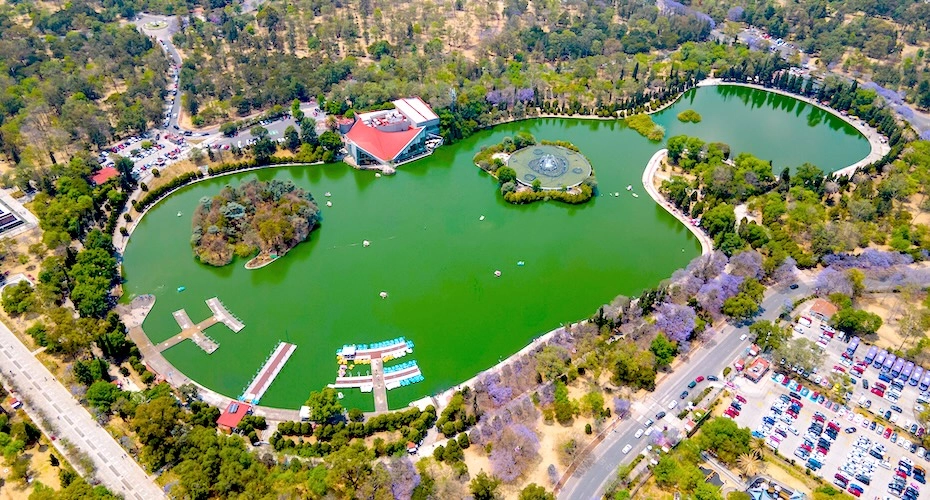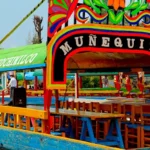When you stroll through the bustling streets of Mexico City, it’s hard to imagine that centuries ago, this vibrant metropolis was once a vast network of lakes and canals. Beneath the layers of concrete and traffic lies a story of water, ingenuity, and transformation.
Tenochtitlán: A City on Water
Mexico City was originally built on the ancient city of Tenochtitlán, the capital of the Aztec Empire. This city wasn’t just on land; it floated on Lake Texcoco, a massive body of water surrounded by mountains. Tenochtitlán was an island city connected to the mainland by long causeways and crisscrossed by a network of canals. People traveled by boat, and the town flourished with floating gardens, known as chinampas, which supplied food to the residents.
The Spanish conquistadors who arrived in the 16th century were astounded by Tenochtitlán’s beauty and engineering. They described it as the Venice of the Americas. However, after the fall of the Aztec Empire, the Spanish began to drain the lake to control flooding and build their new capital—Mexico City.
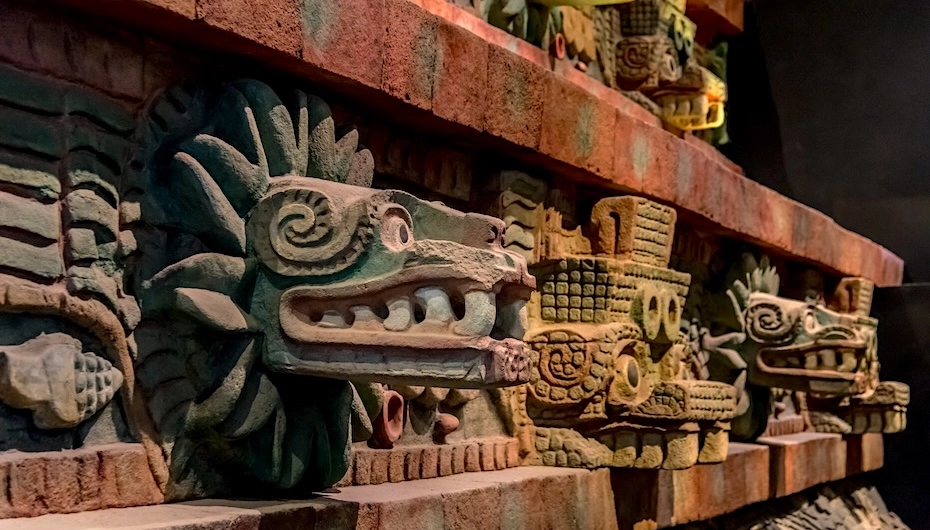
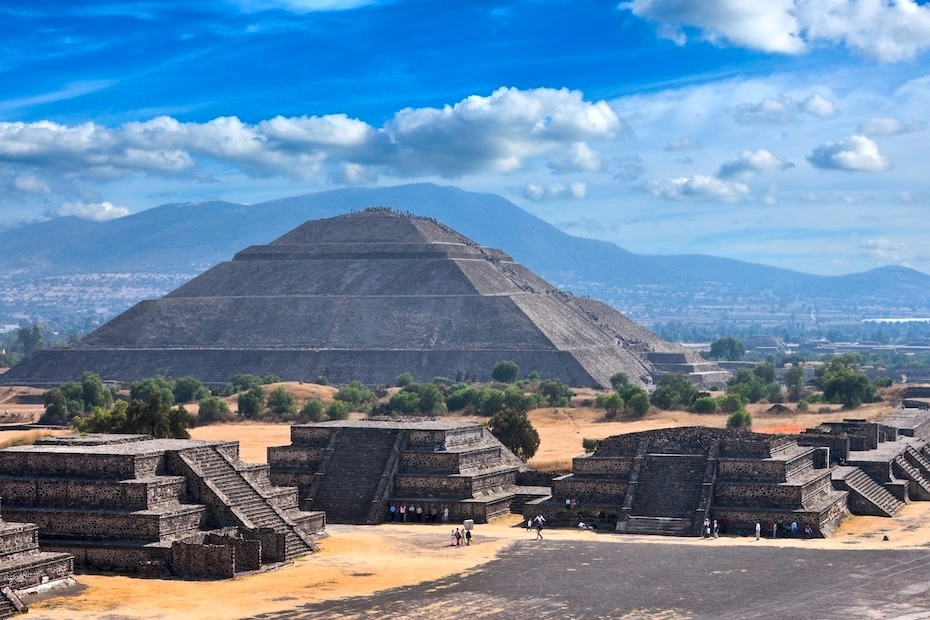
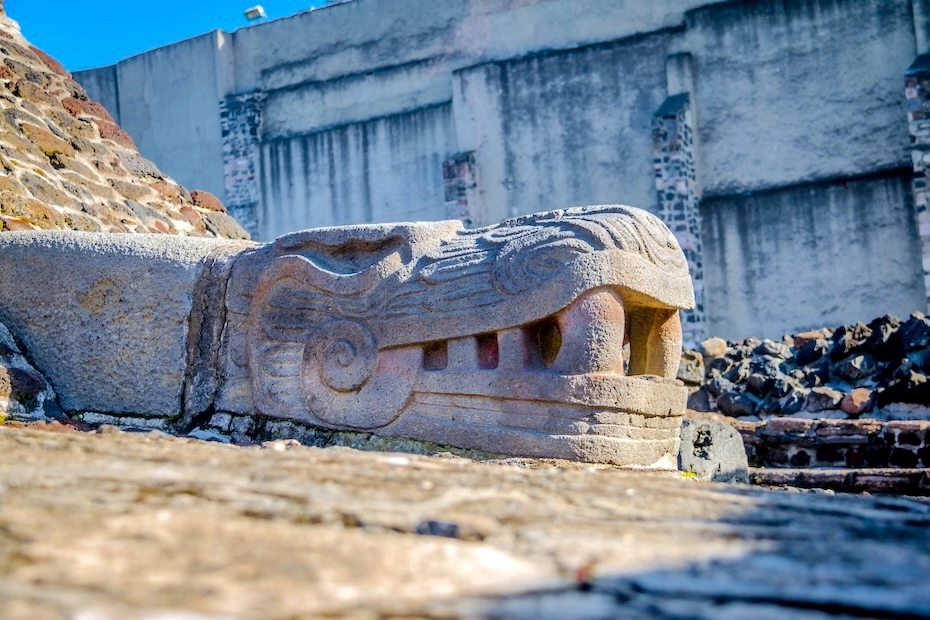

From Waterways to Streets
As Mexico City grew, the lakes that once defined it slowly disappeared. The drainage of Lake Texcoco and other surrounding lakes transformed the landscape entirely. Canals were filled in, and the city expanded, with buildings rising on what was once water. But the city’s watery past hasn’t entirely disappeared—it still makes its presence felt in surprising ways.
Mexico City is notorious for sinking, a phenomenon caused by the over-extraction of groundwater. Much of the city is built on soft, former lakebed soil. This sinking has created challenges for infrastructure, causing buildings to tilt and streets to buckle over time.
In some areas, the remnants of the lakes are still visible. With its famous canals and trajineras, Xochimilco is one of the last surviving parts of the ancient lake system. It offers a glimpse into what Tenochtitlán might have looked like and reminds the city of its unique and watery origins.
The Lakes Beneath Our Feet
Today, Mexico City is a sprawling urban center, but its connection to water remains strong. Modern challenges like flooding and water shortages directly result from the city’s ancient geography. In recent years, there have been efforts to restore parts of the city’s lakes and canals, with some dreaming of a future where water once again plays a central role in the city’s landscape.
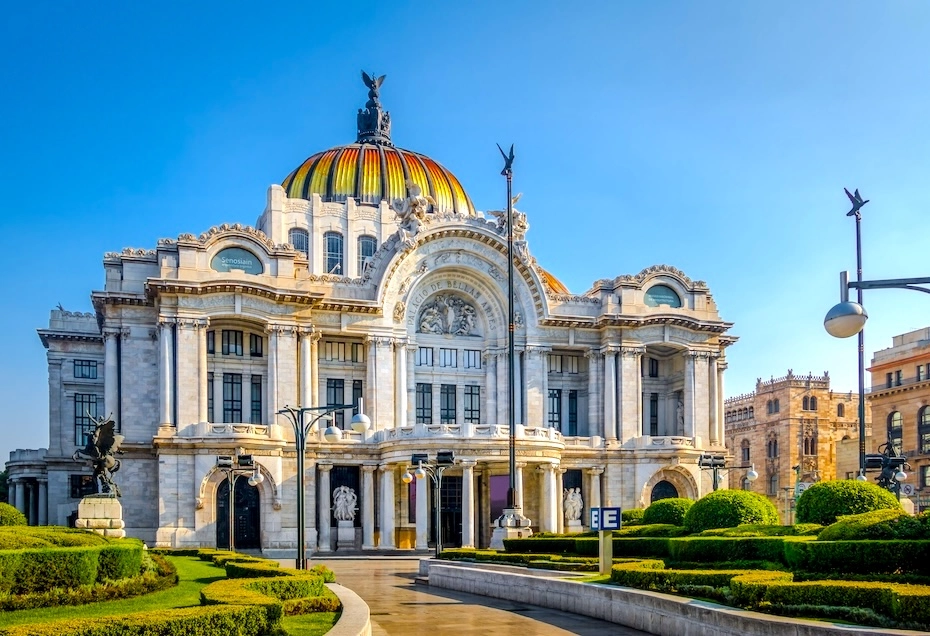
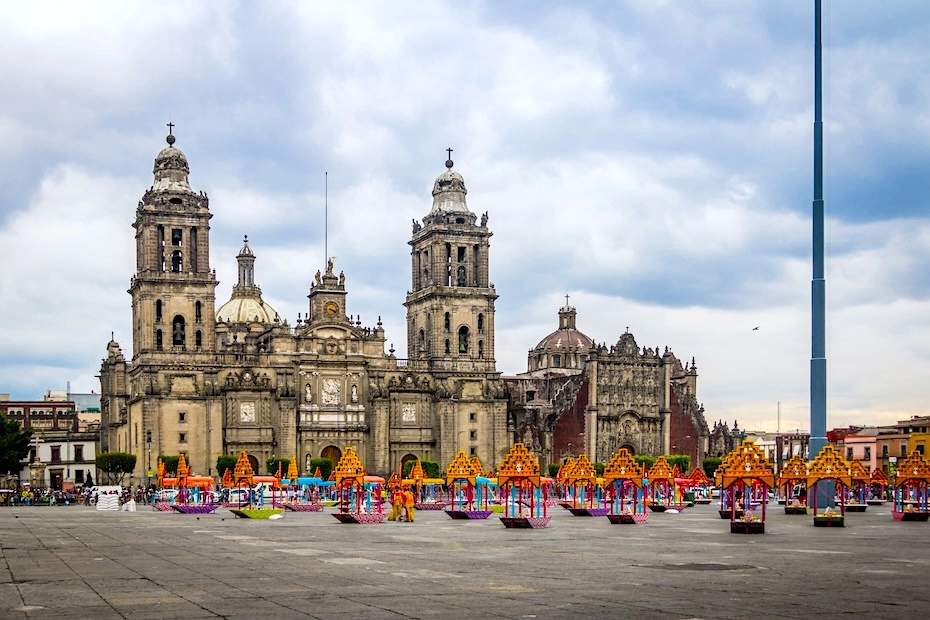
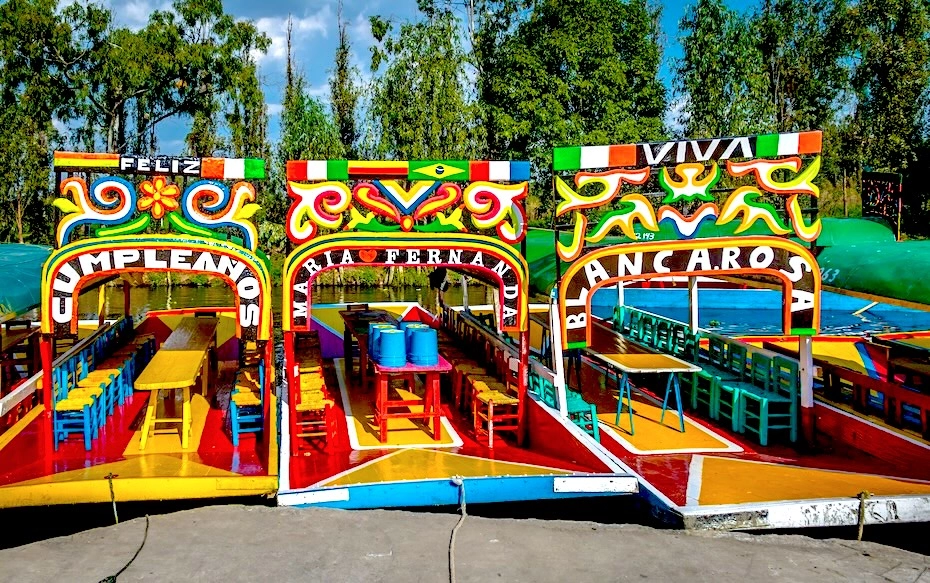
So, the next time you visit Mexico City, remember that an ancient lake lies beneath the streets, traffic, and bustling life of one of the largest cities in the world. The city may have been built on land now, but its roots are still in the water.
Book our tour here (Boat Ride and Mexican Party)!



